Why is blood red?
 Sep 10, 2015 • 9:40 PM UTC
Sep 10, 2015 • 9:40 PM UTC United States
United States 140x Magnification
140x Magnification Microorganisms
Microorganisms
Manu Prakash
I am a faculty at Stanford and run the Prakash Lab at Department of Bioengineering at Stanford University. Foldscope community is at the heart of our Frugal Science movement - and I can not tell you how proud I am of this community and grassroots movement. Find our work here: http://prakashlab.stanford.edu
266posts
1192comments
42locations
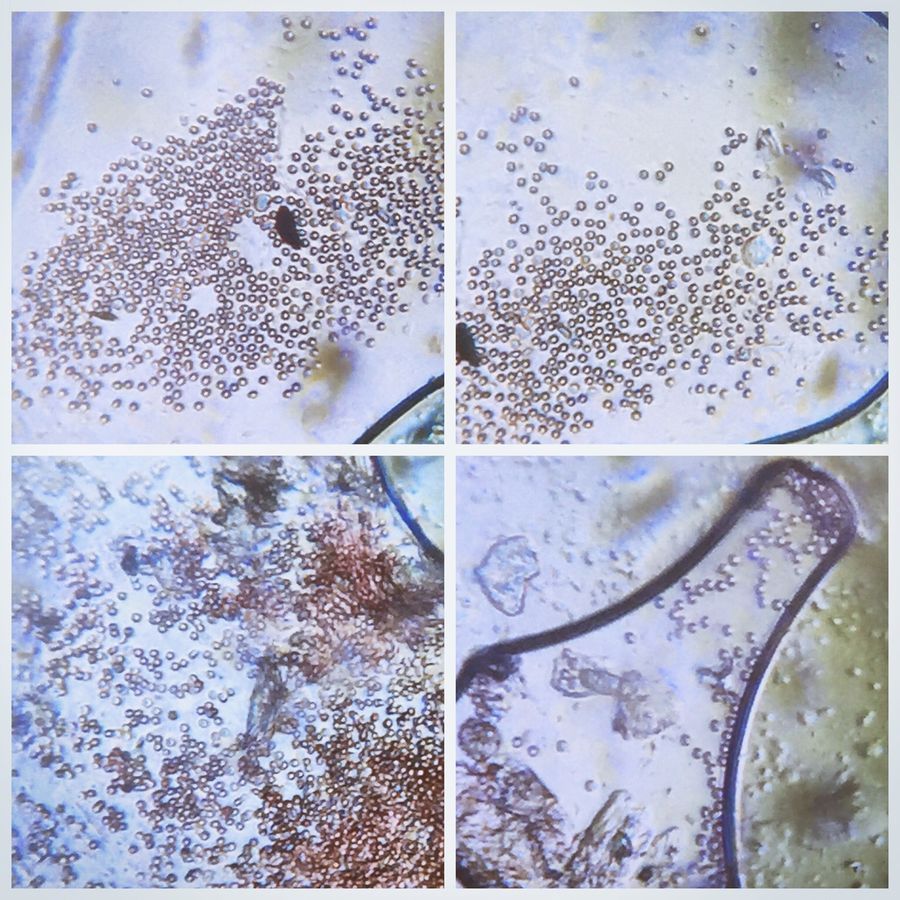
Why is blood red?
In the mean time, let’s pay attention to the last slide I made (with a little bit of water). I was hoping to image some crawling neutrophils (cells responsible to fight foreign elements that invade our bodies). I setup a time lapse with a drop of blood. I did not notice any neutrophils as yet, but I was able to image flow of blood due to evaporation on the edges.
In the mean time, let’s pay attention to the last slide I made (with a little bit of water). I was hoping to image some crawling neutrophils (cells responsible to fight foreign elements that invade our bodies). I setup a time lapse with a drop of blood. I did not notice any neutrophils as yet, but I was able to image flow of blood due to evaporation on the edges.
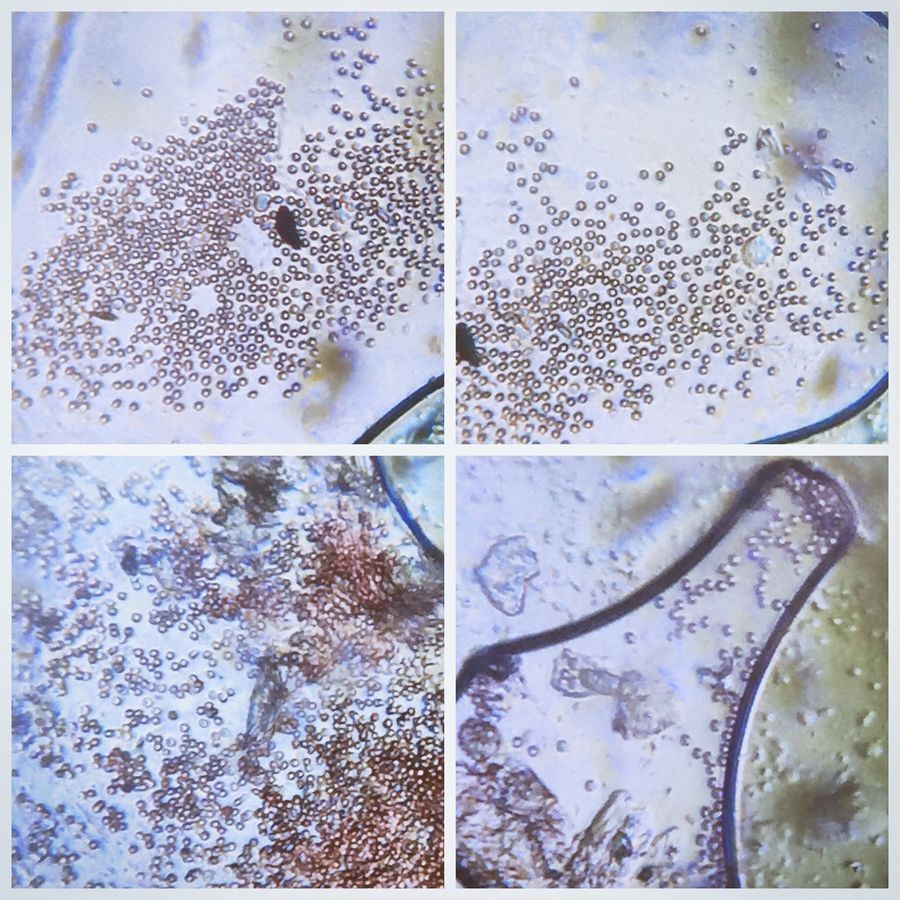
I also got nice images of individual blood cells with 140x magnification lens. I like these images since they point to the absolute regularity of size in blood cells. It’s quiet remarkable how mono disperse blood cells are (if you measure each blood cell size in your body, they are all remarkably similar in same size).
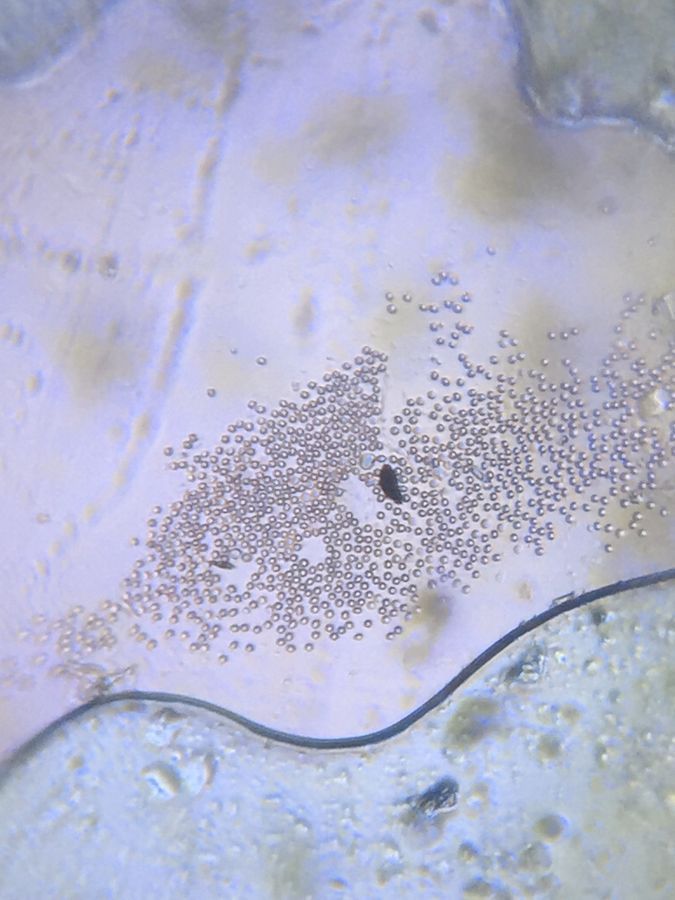
Now it makes me wonder, how large is the blood cell of a whale? Or of a chicken for that matter? We will find out next time I go to buy a chicken at a butcher or stumble across a carcass of a whale on a beach (probably not).
Now – onto a question that I want to leave this post with; why is blood red? If you have red about it; the common answer is that the color is in the red blood cells. And that’s true off course, as is evident from the usual images of blood cells. But what I am puzzled with is this image below – which is a red drop but with no sight of red blood cells in it. So why is it red?
Now – onto a question that I want to leave this post with; why is blood red? If you have red about it; the common answer is that the color is in the red blood cells. And that’s true off course, as is evident from the usual images of blood cells. But what I am puzzled with is this image below – which is a red drop but with no sight of red blood cells in it. So why is it red?
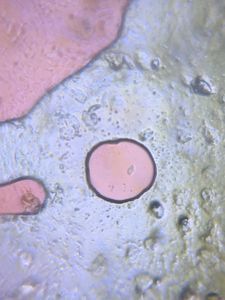
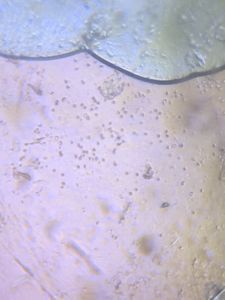
The answer might lie in the heme; the protein inside red blood cells that makes RBC red. I am wondering since that drop is red without any red blood cells; does it have some heme. So what happens to heme when blood cells burst out. I need to think more about this.. Try to see if you can crack this puzzle before me.
Cheers
Manu
Cheers
Manu
Sign in to commentNobody has commented yet... Share your thoughts with the author and start the discussion!

 0 Applause
0 Applause 0 Comments
0 Comments
















